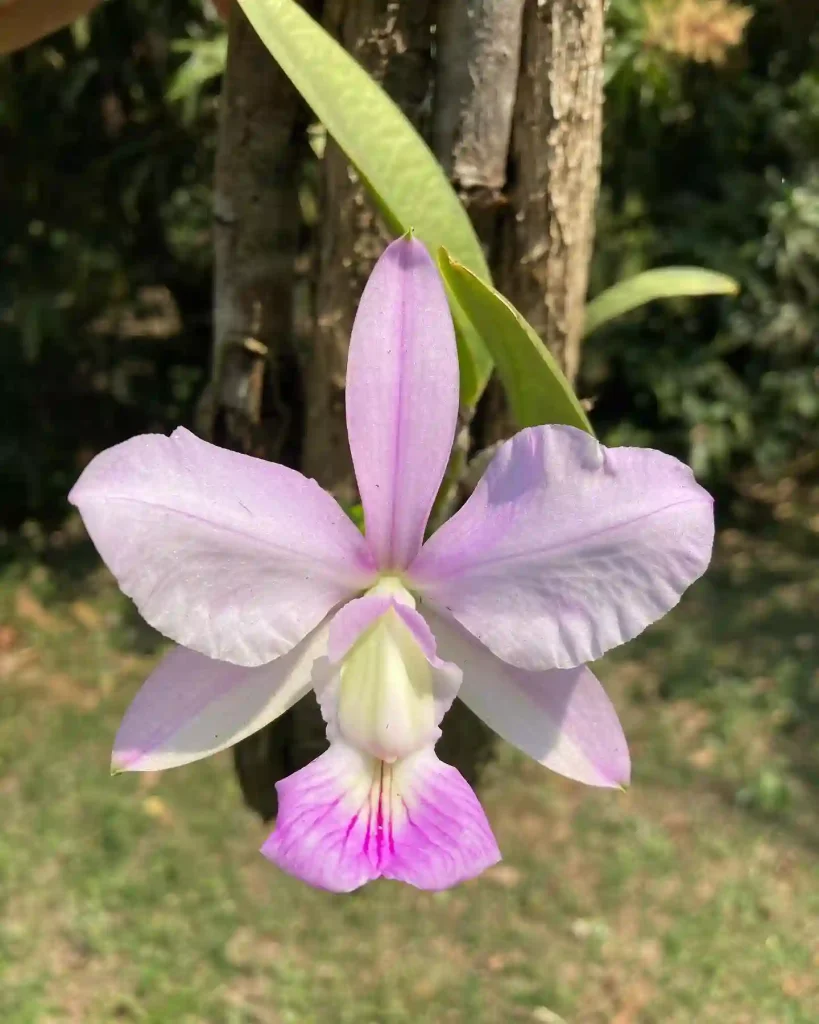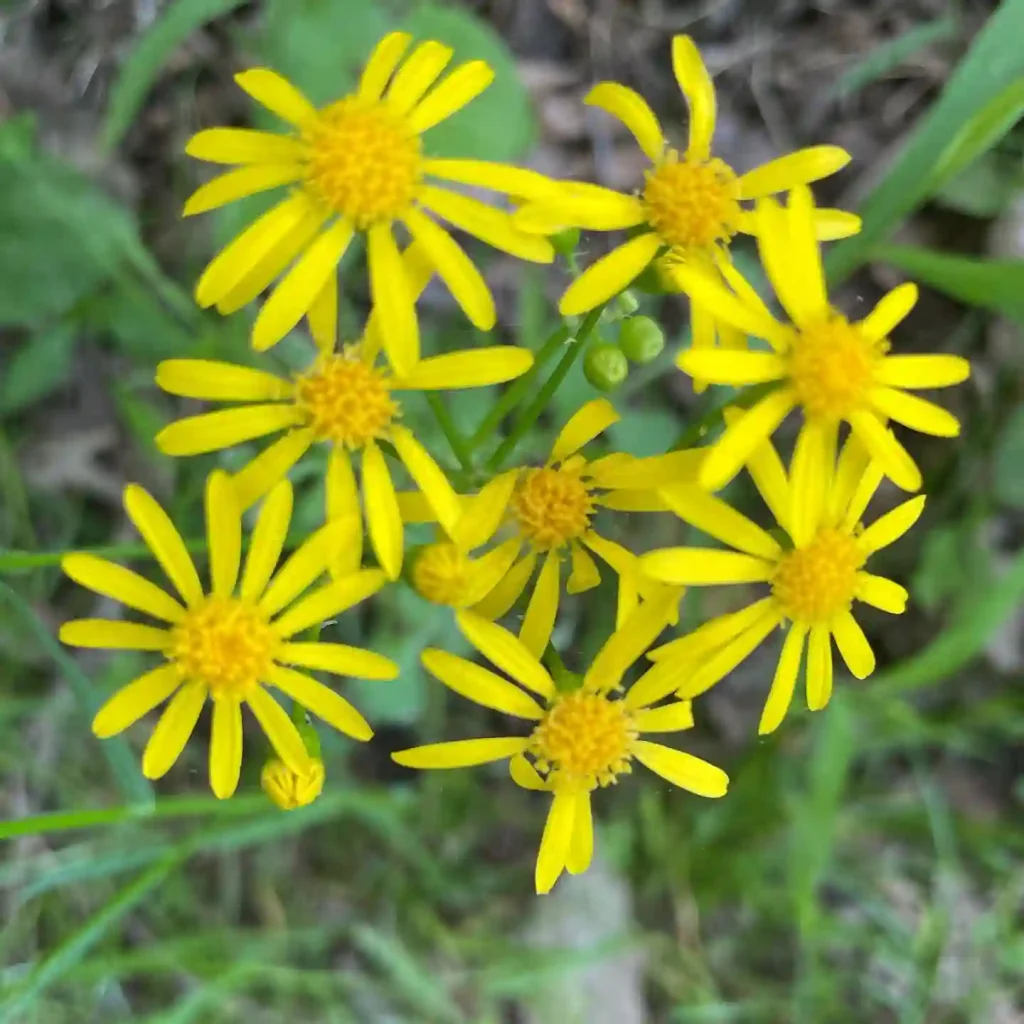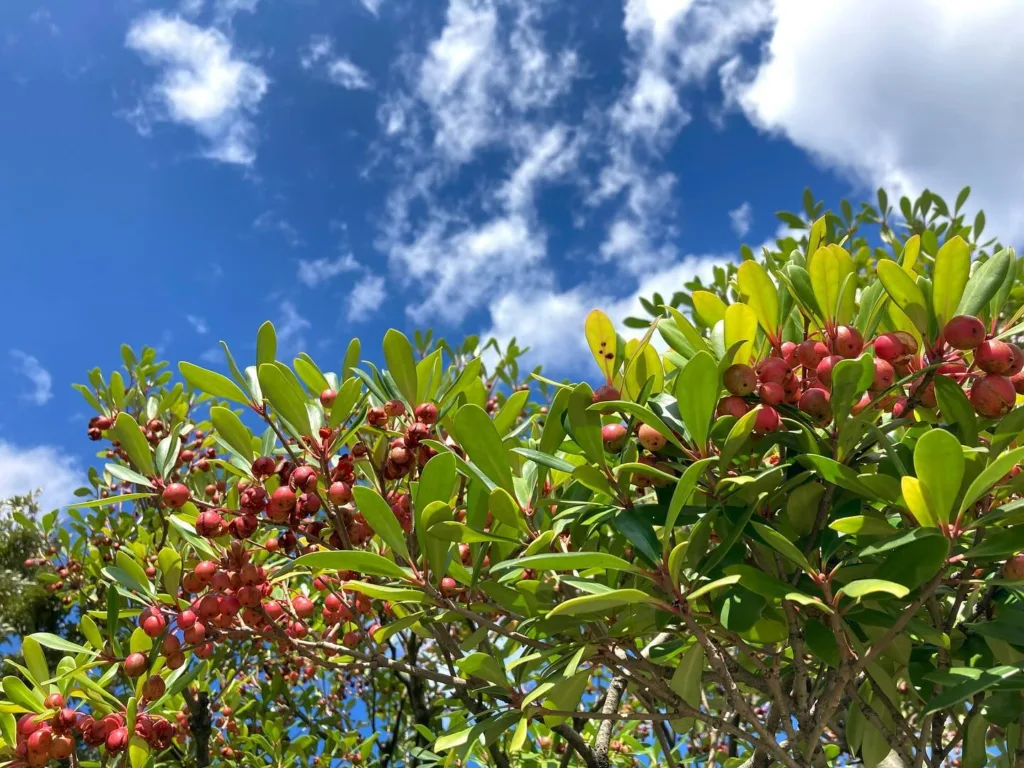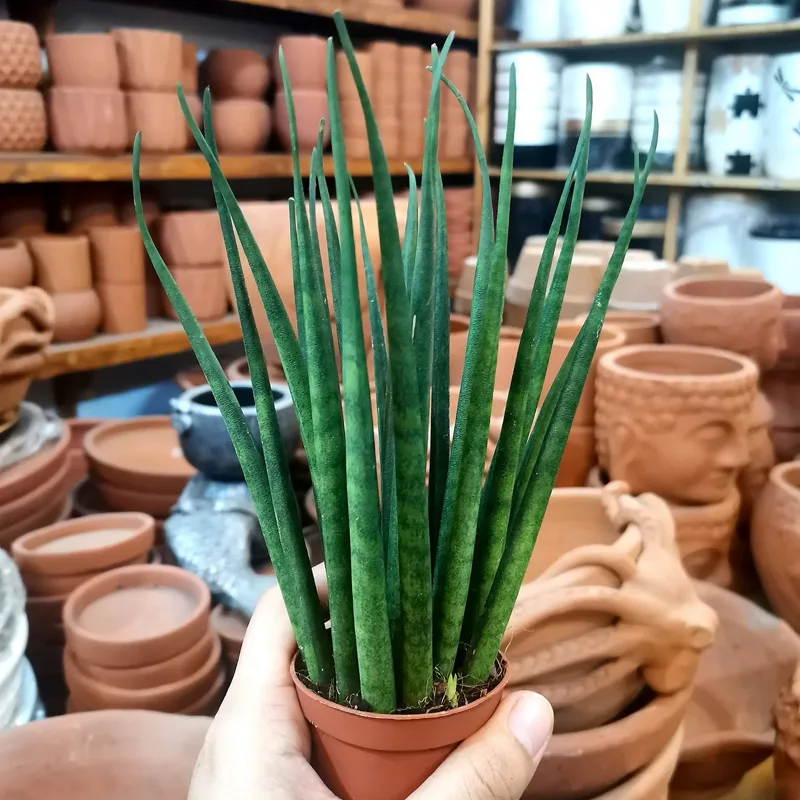FAQs About Ceanothus Victoria: Growing, Care, and More
I’ve always been fascinated by Ceanothus Victoria, commonly known as the California Lilac. Its deep blue flowers and ability to attract pollinators make it a stunning addition to any garden. Over the years, I’ve gotten plenty of questions about how to care for this plant, especially since it has some specific needs. So, I thought I’d answer some of the most common questions about Ceanothus Victoria.
73 Species in Genus Ceanothus
Can Ceanothus Victoria Grow in Shade?
In my experience, Ceanothus Victoria thrives in full sun, but it can tolerate light shade. However, it’s important to note that too much shade can limit its flowering. This plant is known for its vibrant blue flowers, and you’ll get the best display when it receives at least six hours of sunlight per day. If you plant it in heavy shade, you might notice it becomes leggy, and its blooms won’t be as profuse. So, while it’s possible for it to survive in partial shade, you’ll want to find a sunny spot if you want to see it in full glory.
How to Prune Ceanothus Victoria?
Pruning is essential for keeping Ceanothus Victoria looking its best. I typically prune it in late spring or early summer, right after it finishes blooming. You don’t want to prune it in the fall, as this can reduce next year’s bloom.
When pruning, I focus on removing dead or weak branches to keep the plant healthy. Ceanothus Victoria has a natural, arching growth habit, so I avoid over-pruning. If you want to shape the plant, try to prune selectively rather than cutting back large portions. Always use clean, sharp shears, and make sure to remove any crossing branches to promote good airflow within the plant. This can help prevent potential disease.
Is Ceanothus Victoria Deer Resistant?
One of the reasons I love Ceanothus Victoria is that it’s highly deer resistant. In areas where deer can wreak havoc on gardens, this is a real bonus. While no plant is completely immune to deer, I’ve found that Ceanothus Victoria is generally not their first choice. Its thick, leathery leaves and aromatic oils seem to deter them. If deer pressure is high, they might nibble at it, but it’s typically left alone, making it a great option for gardeners dealing with frequent deer visits.
When to Prune Ceanothus Victoria?
As I mentioned earlier, the best time to prune Ceanothus Victoria is right after its flowering period, typically in late spring or early summer. This ensures you don’t cut off the new growth that will produce the next season’s flowers. I also avoid pruning too late in the season, as the plant needs time to harden off before winter.
How to Care for Ceanothus Victoria?
Ceanothus Victoria is quite drought-tolerant once established, which is one of the reasons it’s perfect for a low-maintenance garden. I water it sparingly, especially after the first year. It doesn’t like waterlogged soil, so ensure it’s planted in well-draining soil. I find that it prefers slightly acidic to neutral pH, but it’s fairly adaptable.
In terms of fertilizer, I don’t feed my Ceanothus Victoria too often. A light application of an organic, balanced fertilizer in early spring is usually enough. Over-fertilizing can lead to excess foliage at the expense of flowers.
How to Propagate Ceanothus Victoria?
I’ve had success propagating Ceanothus Victoria using semi-hardwood cuttings. I take the cuttings in late summer, making sure each one is around 4-6 inches long. After removing the lower leaves, I dip the cut ends in rooting hormone before placing them in a well-draining potting mix. It’s essential to keep the cuttings moist but not soggy. Within a couple of months, you should see roots developing. It’s a fairly straightforward process if you’re looking to expand your collection or share with fellow gardeners.
Can You Grow Ceanothus Victoria Indoors?
Ceanothus Victoria is best suited for outdoor planting. It thrives in full sun and needs plenty of space to spread out. I wouldn’t recommend growing it indoors, as it requires a lot of light and good air circulation to stay healthy. However, if you have a large, sun-drenched greenhouse, it might be possible. Still, it’s much happier in a garden setting where it can receive natural sunlight and room to grow.
Is Ceanothus Victoria Toxic?
To the best of my knowledge, Ceanothus Victoria is not toxic to pets or humans. This makes it a safe choice if you have kids or animals in the garden. It’s always a good idea to monitor pets around new plants, but I haven’t heard of any issues with this one.
Common Problems with Ceanothus Victoria
Ceanothus Victoria is generally a tough, low-maintenance plant, but like any garden plant, it can have a few problems. One issue I’ve encountered is powdery mildew, especially if the plant is in a damp or poorly ventilated area. To avoid this, I make sure it’s planted with plenty of space around it for good air circulation.
Root rot can also be a problem if the soil doesn’t drain well. To prevent this, I recommend planting on a slight slope or in raised beds if your soil retains water.
What to Plant with Ceanothus Victoria?
When planning a garden, I like to pair Ceanothus Victoria with other drought-tolerant plants like lavender, rosemary, and sedum. These companions not only thrive in similar conditions but also complement the blue flowers of the Ceanothus with their contrasting colors and textures. Grasses, like Festuca, are another great option, as their fine foliage provides a nice backdrop.
Compare Ceanothus Victoria with Similar Plants
Ceanothus Victoria is often confused with other varieties of Ceanothus, such as Ceanothus Concha and Ceanothus ‘Dark Star.’ While all share the signature blue flowers, Ceanothus Victoria stands out for its compact, bushy form, making it ideal for smaller gardens. It’s also one of the hardier varieties, tolerating colder temperatures than some other Ceanothus types.
In summary, Ceanothus Victoria is a hardy, deer-resistant plant with stunning blue flowers and minimal care requirements. Whether you’re pruning it after a bloom or propagating cuttings, it’s a versatile and reliable plant for any garden.
If i die, water my plants!



